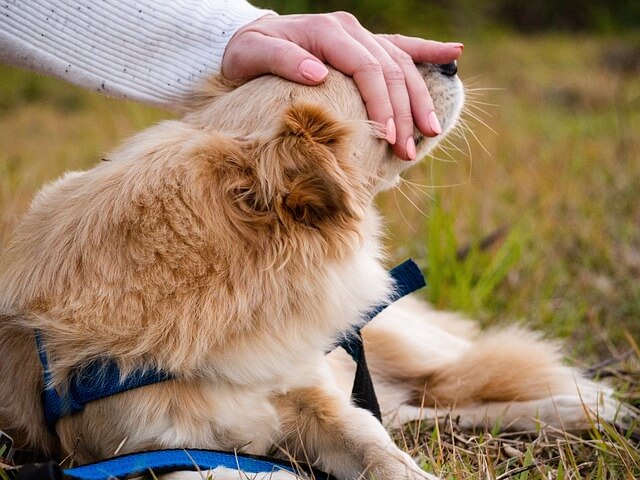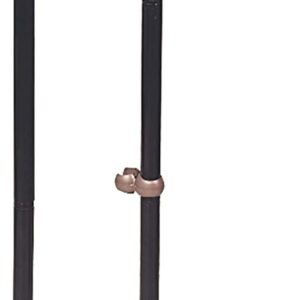Mastering Nail Trimming: 10 Powerful Tips for Clipping Your Pet’s Nails without the Drama

Clipping your pet’s nails can be a challenging task, especially if your furry friend is not used to it. Most pets are afraid of the nail clippers, and they might become agitated, aggressive, or run away when you try to cut their nails. However, it’s essential to maintain your pet’s nails to prevent them from overgrowing, causing discomfort, or injuring themselves.
Before we delve into the tips and tricks for successful nail clipping, it’s crucial to understand why it’s essential to keep your pet’s nails trimmed. Firstly, overgrown nails can be uncomfortable for your pet, causing them to feel pain or discomfort when walking, running, or playing. Secondly, long nails can curl, making it difficult for your pet to walk or stand properly.
Moreover, overgrown nails can snag on carpets, furniture, or other objects, causing injury to your pet’s paws or tearing your belongings. Lastly, long nails can grow into your pet’s paw pads, causing infection or severe pain, which may require veterinary intervention.
Now that we know why pet’s nails trimming is important let’s discuss some tips and tricks for a drama-free experience.
1) Introduce Nail Trimming Early
The best time to start trimming your pet’s nails is when they are still a puppy or kitten. By introducing nail trimming early, your pet will get used to the process, and it will become a routine part of their grooming routine. Start by handling your pet’s paws regularly and giving them treats and praise to reinforce positive behavior.
2) Get the Right Tools
Using the right tools for nail trimming is essential for a successful experience. You will need a pair of sharp, high-quality nail clippers designed specifically for pets. Avoid using human nail clippers as they can cause injury or discomfort to your pet’s nails. Additionally, have some styptic powder or cornstarch on hand in case you accidentally cut your pet’s quick, causing bleeding.
3) Familiarize Your Pet with the Clippers

Before you start clipping your pet’s nails, it’s essential to get them familiar with the clippers. Allow your pet to sniff and examine the clippers without trimming their nails. This will help reduce their anxiety and fear of the clippers. You can also try holding the clippers near your pet’s paws, allowing them to get used to the sound and sensation of the clippers.
4) Choose the Right Time
It’s essential to choose the right time to clip your pet’s nails. Pick a time when your pet is relaxed and calm, such as after a meal or after a play session. Avoid trimming your pet’s nails when they are anxious, agitated, or stressed, as this can make the experience more difficult for both you and your pet.
5) Use Positive Reinforcement
Using positive reinforcement is an effective way to reduce your pet’s anxiety and make the nail trimming experience more enjoyable for them. Before starting, give your pet a treat or offer them a favorite toy or activity to distract them. During the nail trimming process, praise your pet and give them treats for good behavior. Remember, positive reinforcement encourages your pet to repeat the desired behavior, making future nail trimming sessions more comfortable.
6) Trim One Nail at a Time
To avoid overwhelming your pet, start by trimming one nail at a time. This will help your pet get used to the process, and it will reduce their anxiety. Take breaks in between trimming each nail, and offer your pet a treat or praise for good behavior.
Also Read: The 7 Best Cat Brushes for Grooming
7) Don’t Cut the Quick
The quick is the pinkish part of your pet’s nail that contains blood vessels and nerves. Cutting the quick can be painful and cause bleeding.Therefore, it’s essential to know where the quick is located before starting to trim your pet’s nails. If your pet has clear or light-colored nails, you can see the quick through the nail. However, if your pet has dark nails, it can be more challenging to identify the quick. In this case, it’s best to trim a little bit at a time, avoiding the center of the nail, where the quick is located.
8) Use a Calming Aid
If your pet is particularly anxious or fearful of nail trimming, you can use a calming aid to reduce their stress levels. Calming aids come in different forms, such as sprays, chews, or supplements, and they can help your pet relax and feel more comfortable during the nail trimming process. However, before using any calming aid, consult your veterinarian to ensure it’s safe for your pet and that you use it correctly.
9) Seek Professional Help

If you find it challenging to clip your pet’s nails, or if your pet becomes too anxious or aggressive during the process, don’t hesitate to seek professional help. A veterinarian or a professional groomer can help trim your pet’s nails safely and effectively, reducing the risk of injury or discomfort to your pet.
10) Be Patient and Persistent
Lastly, it’s important to be patient and persistent when it comes to nail trimming. Remember that it takes time for your pet to get used to the process, and it’s normal for them to feel anxious or scared at first. However, with patience and persistence, you can train your pet to tolerate and even enjoy nail trimming. Keep practicing regularly, and don’t forget to use positive reinforcement to encourage good behavior.
Conclusion
Clipping your pet’s nails can be a challenging task, but it’s essential to keep your pet’s nails trimmed to prevent discomfort, injury, or infection. By following these tips and tricks, you can make the nail trimming experience more enjoyable and stress-free for both you and your pet.
Remember to start early, use the right tools, familiarize your pet with the clippers, choose the right time, use positive reinforcement, trim one nail at a time, avoid cutting the quick, use calming aids if necessary, seek professional help if needed, and be patient and persistent. With these guidelines, you can clip your pet’s nails without the drama and help them maintain healthy and comfortable paws.
Disclaimer: This article may contain affiliate links to products. All product details reflect the price and availability at the time of publication. We may receive a commission for purchases made through these links.



